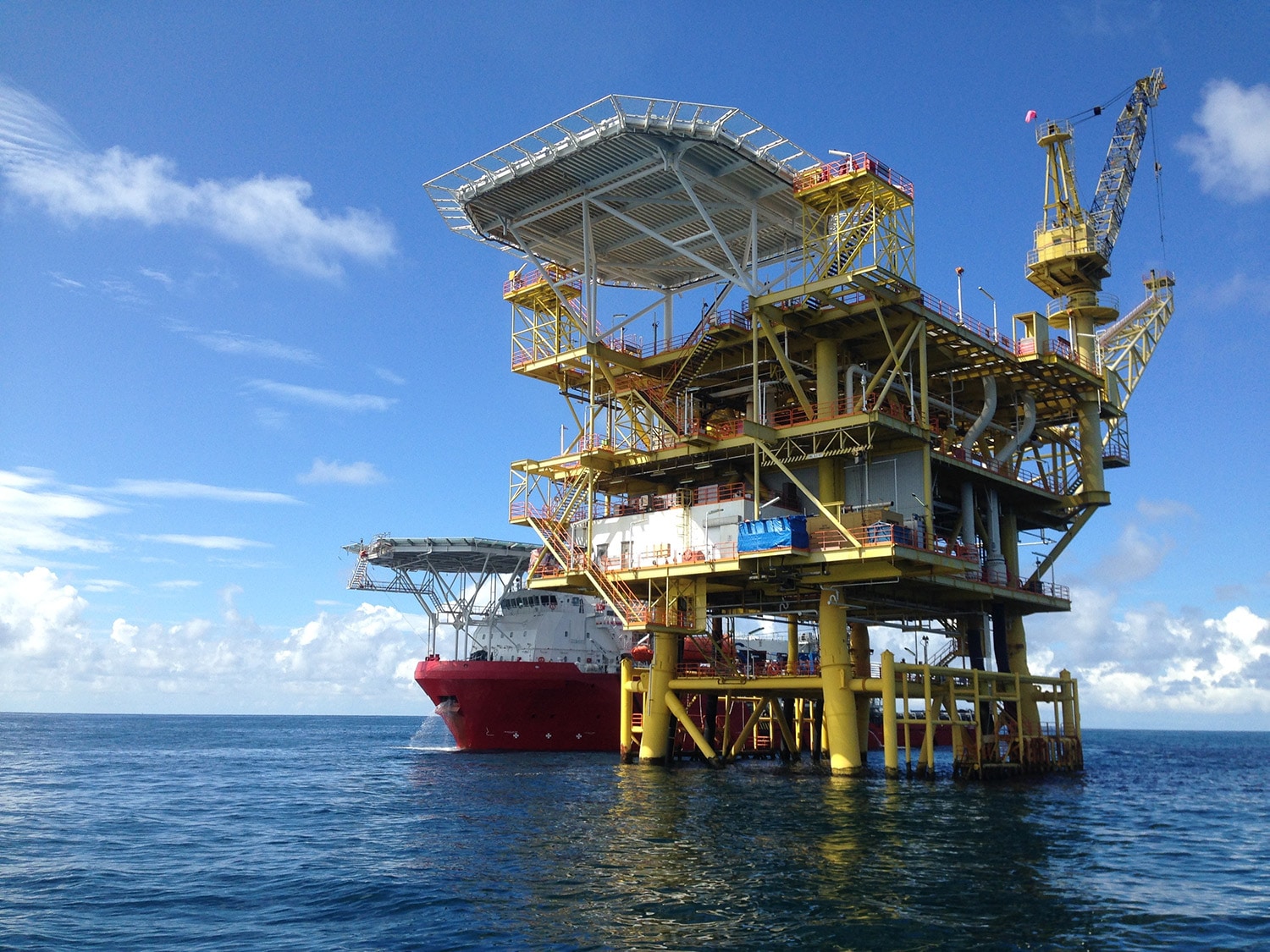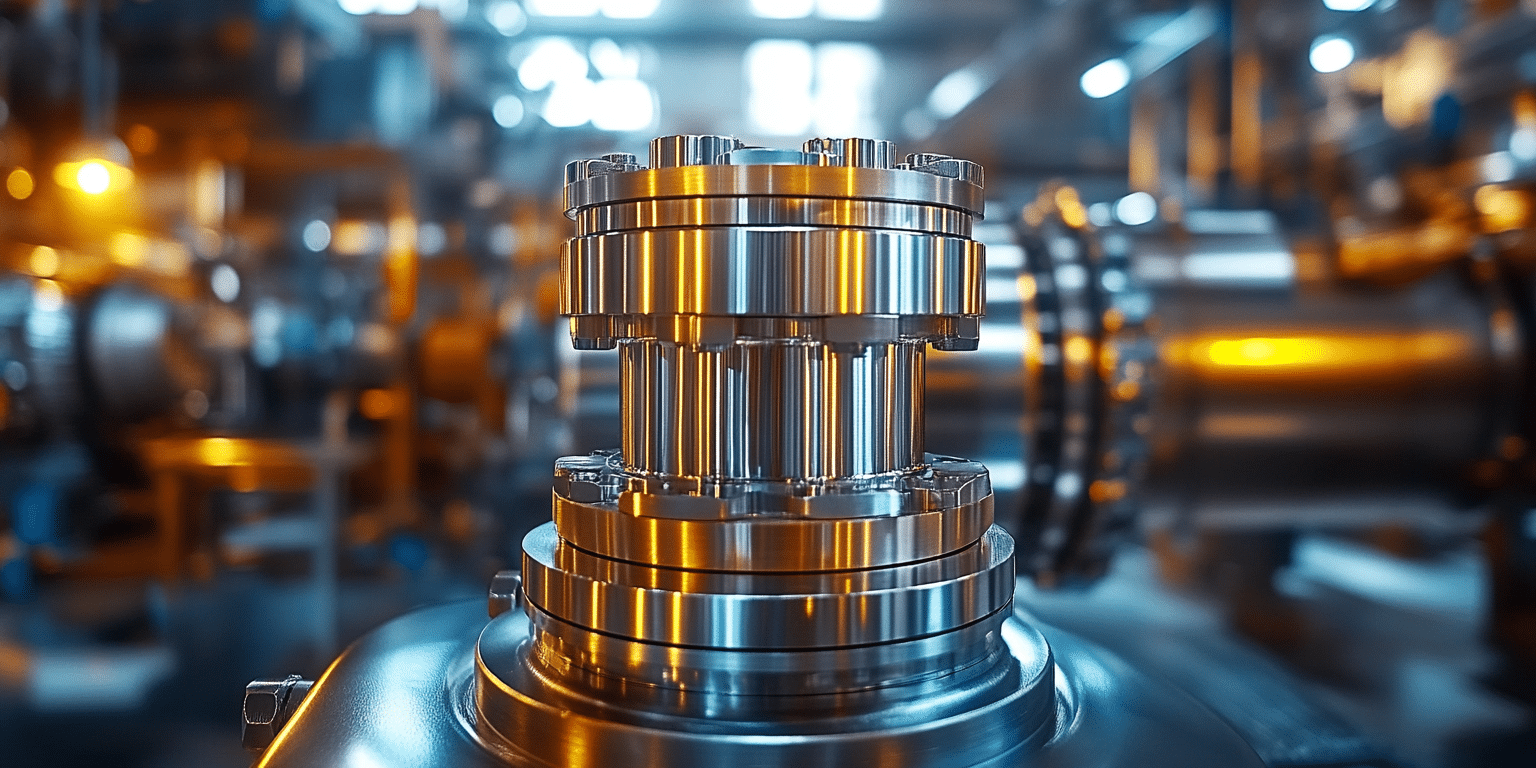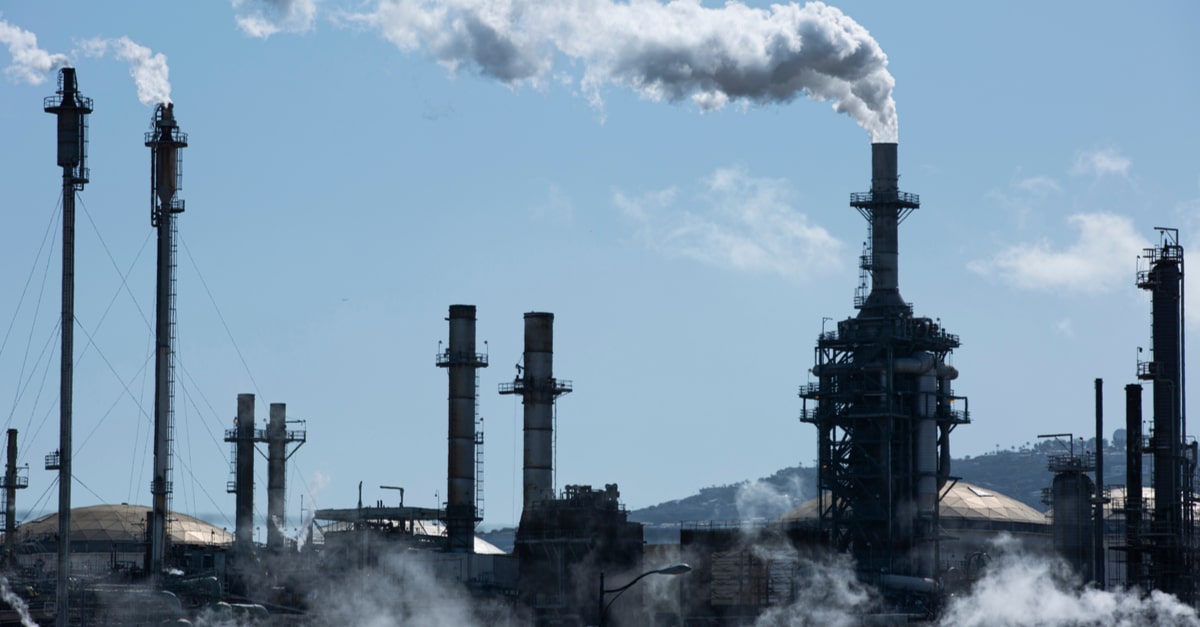

About DEME
DEME or Dredging, Environmental and Marine Engineering NV is a global solution provider for dredging and land reclamation, marine and offshore solutions, fluvial and marine aggregates and environmental solutions. They are the market leader in their field, operating in 90 countries worldwide, operating over 100 vessels and generating a revenue of +2.4 billion in 2017.
Their Digitalization Journey
At a globally operating marine construction company like DEME, dredging projects often take place in remote areas. Needless to say, working in rough environments sparks unique challenges. Experience learned that sharing of data and best practices is crucial to maintain high vessel production levels.
When looking for a way to share important data with the head office by mirroring the screens of operators, without having to do a large upfront investment in tooling. DEME selcted the Osisoft PI system for its robustness and for being an industry proven solution.
Large amounts of big data in the system enables the team to use feedback about past projects to improve future ones, it allows to do calculations on overall equipment effectiveness and execute condition based maintenance. But to give operators in decentral teams more power over data, the self–service industrial analytics software of TrendMiner was added to the PI System.

Reasons DEME implemented TrendMiner on top of the Osisoft PI system:
- It is the Google for industrial data: a powerful search tool
- The self–service analytics philosophy is a perfect fit for the decentralized way of working
- No steep learning curve: easily accessible, promoting data usage in teams.
Use Case
DEME’s trailing suction hopper dredger, a vessel that provides various possibilities in both capital and maintenance dredging works and land reclamation, should in no case show oscillations in performance. But it did. This unexpected behaviour raised questions as to why and when oscillations occurred, and what the impact was on production levels.
TrendMiner’s rich search functionality helped discover that oscillations which occurred in the past (image 1) had also occurred on other ships (image 2). It also helped show the correlation between oscillations and soil type. On the short term this gave the team insight to use other setpoints and eliminate oscillations. On the long term, insights and knowledge build up for a better operation and lower uncertainty.

Benefits
TrendMiner’s capabilities to analyze data helped DEME to:
- Get more comprehensive insights into historical dredging related time–series data;
- Test important dredging hypotheses with advanced analytics capabilities of TrendMiner;
- Greatly increase the understanding of local dredging situations;
- Adapt a better project approach and lower overall uncertainty;
- Create the right base for implementing condition–based maintenance;
- Save costs upwards of €400K annually – for just one asset type.
Success Story Presentation
How Dredging Benefits From Self-Service Advanced Data Analytics
In this presentation, Manu de Block will discuss the industrial analytics journey of DEME and how with the advanced analytics capabilities of TrendMiner, users were able to assess many dredging related hypothesis. Insights gained with use of the historical data greatly increased the understanding of local dredging situations and adapt the project approach.
About DEME
DEME or Dredging, Environmental and Marine Engineering NV is a global solution provider for dredging and land reclamation, marine and offshore solutions, fluvial and marine aggregates and environmental solutions. They are the market leader in their field, operating in 90 countries worldwide, operating over 100 vessels and generating a revenue of +2.4 billion in 2017.
Their Digitalization Journey
At a globally operating marine construction company like DEME, dredging projects often take place in remote areas. Needless to say, working in rough environments sparks unique challenges. Experience learned that sharing of data and best practices is crucial to maintain high vessel production levels.
When looking for a way to share important data with the head office by mirroring the screens of operators, without having to do a large upfront investment in tooling. DEME selcted the Osisoft PI system for its robustness and for being an industry proven solution.
Large amounts of big data in the system enables the team to use feedback about past projects to improve future ones, it allows to do calculations on overall equipment effectiveness and execute condition based maintenance. But to give operators in decentral teams more power over data, the self–service industrial analytics software of TrendMiner was added to the PI System.

Reasons DEME implemented TrendMiner on top of the Osisoft PI system:
- It is the Google for industrial data: a powerful search tool
- The self–service analytics philosophy is a perfect fit for the decentralized way of working
- No steep learning curve: easily accessible, promoting data usage in teams.
Use Case
DEME’s trailing suction hopper dredger, a vessel that provides various possibilities in both capital and maintenance dredging works and land reclamation, should in no case show oscillations in performance. But it did. This unexpected behaviour raised questions as to why and when oscillations occurred, and what the impact was on production levels.
TrendMiner’s rich search functionality helped discover that oscillations which occurred in the past (image 1) had also occurred on other ships (image 2). It also helped show the correlation between oscillations and soil type. On the short term this gave the team insight to use other setpoints and eliminate oscillations. On the long term, insights and knowledge build up for a better operation and lower uncertainty.

Benefits
TrendMiner’s capabilities to analyze data helped DEME to:
- Get more comprehensive insights into historical dredging related time–series data;
- Test important dredging hypotheses with advanced analytics capabilities of TrendMiner;
- Greatly increase the understanding of local dredging situations;
- Adapt a better project approach and lower overall uncertainty;
- Create the right base for implementing condition–based maintenance;
- Save costs upwards of €400K annually – for just one asset type.
Success Story Presentation
How Dredging Benefits From Self-Service Advanced Data Analytics
In this presentation, Manu de Block will discuss the industrial analytics journey of DEME and how with the advanced analytics capabilities of TrendMiner, users were able to assess many dredging related hypothesis. Insights gained with use of the historical data greatly increased the understanding of local dredging situations and adapt the project approach.
Access now
Subscribe to our newsletter
Stay up to date with our latest news and updates.
Other Webinars on Demand
Press Play on Operational Improvement
Other Resources
Explore Our Newest Content to Maximize Your Operational Efficiency









